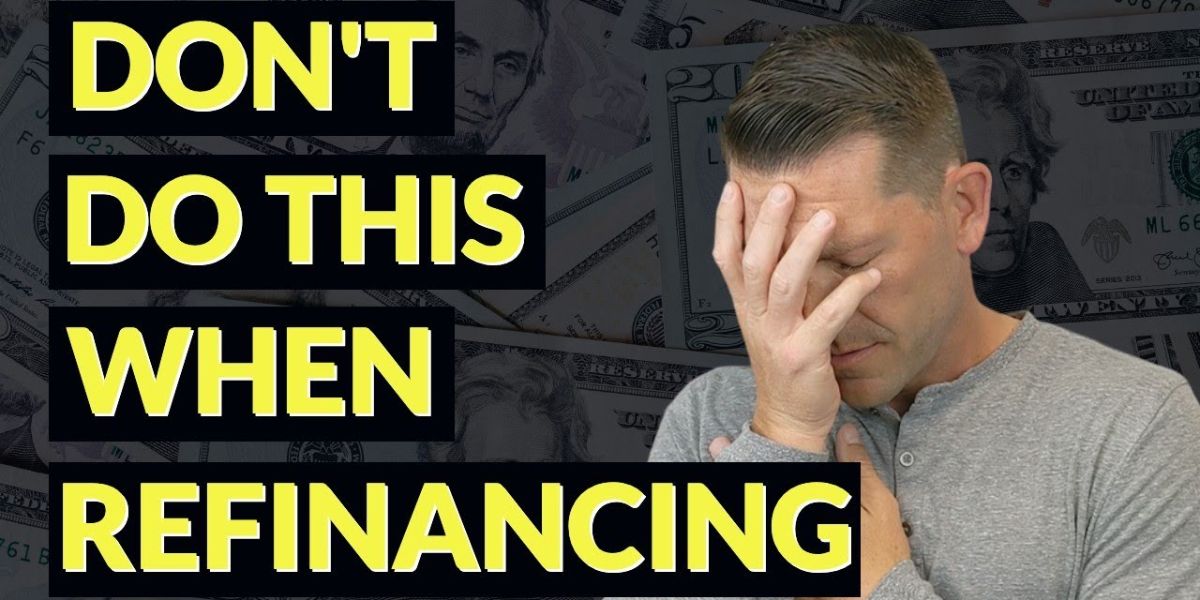Avoid These 7 Missteps When Refinancing to a Lower Mortgage Rate
Mortgage rates have reached an all-time low, with 30-year fixed-rate mortgages dropping below 3 percent for the first time in 50 years. As a result of record-low refinance rates, many homeowners are looking to refinance their existing house loan in order to lower monthly payments, accelerate loan repayment, or gain access to their property’s equity according to foxbusiness.com
Before you proceed with a refinance, however, it is critical to understand the major hazards of the procedure and how to prevent them. Here are some things to be aware of.
1. Not Shopping Around
To guarantee that you get the lowest rate possible, you should shop around and compare rates from multiple lenders. Even if you use a broker, they may be limited to specific lenders.
Visit Credible to compare lenders and refinancing rates.
2. Focusing Solely on the Rate
Mortgage points are one of the elements that contribute to your mortgage interest rate. A lender may cut the interest rate to equal or beat a competitive offer. However, the bank may charge you more in terms of mortgage points to make it happen.
Also, take in mind that your credit score plays an important role in setting your rate. Check your credit and decide whether you should attempt to improve it before applying.
If you’re thinking about buying a new home or refinancing your mortgage, Credible can help you connect with knowledgeable lenders and compare accounts, including rates, points, and expenses.
3. Not Checking All the Loan Fees
Refinancing your existing mortgage loan requires the creation of a new loan, so expect to pay closing costs. Closing expenses for a refinance typically vary from 2 to 6 percent of the loan amount.
You can pay these expenses out of pocket or roll them into the new loan. If you’re short on cash, the second choice may be enticing. However, keep in mind that you will be paying interest on the excess sum for several years.
4. Cashing Out for the Wrong Reason
A cash-out refinance allows you to access a portion of your home’s equity in cash. This money can be used to consolidate debt, buy out a divorced spouse’s share of the home, make repairs, and more.
However, if you spend it on frivolous expenses such as a vacation or living beyond your means, it may come back to haunt you. Also, bear in mind that the amount you can acquire in a cash-out refinance is normally limited to 80 percent of the home’s worth, so check with lenders beforehand to ensure it can assist address your current situation.
5. Not Calculating Your Break-even Point
If you’re refinancing to get a cheaper interest rate, you should evaluate how long you intend to stay in your house. That is especially true if you are paying the closing costs out of pocket. For example, if a lower rate saves you $120 per month and the loan’s closing expenses total $4,560, it will take 38 months to return those costs in monthly savings.
If you don’t intend to stay in your home for very long, refinancing will cost you money and is probably not worth it. To establish your new costs, use an online mortgage refinance calculator and compare them to the loan’s upfront fees.
6. Extending the Mortgage
If you’ve been making mortgage payments for five years, it may be more advantageous to refinance into a 25-year loan rather than a 30-year one. If you refinance with a longer payback term, even with a lower interest rate, you will end up paying more in interest charges because you will be making payments for five years longer.
7. Attempting to Time Mortgage Rates
If you’re delaying refinancing because you want to wait for interest rates to fall lower, you might regret it. Trying to timing refinance rates is similar to trying to time the stock market—it is impossible, and you may miss out on a good offer if rates rise instead. If this is the best moment to refinance for all of your other reasons, go for it.
Bottom Lines
Mortgage rates have fallen to historic lows, prompting homeowners to refinance for reduced payments or tap into equity. Avoid hazards by shopping around, understanding expenses, and not relying simply on rates. Consider your break-even point, don’t overextend your mortgage, and don’t try to time the market. Use Credible to compare lenders and make informed choices.











